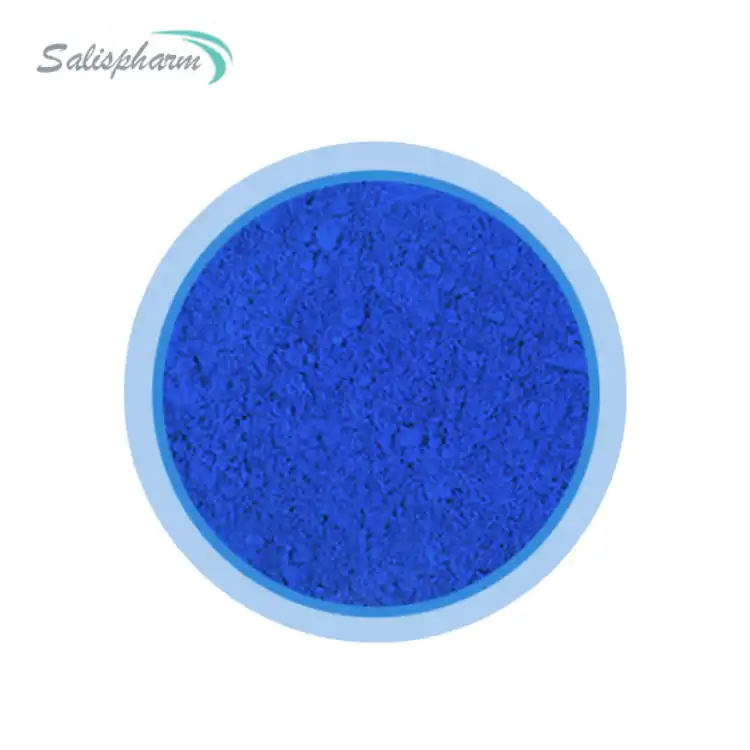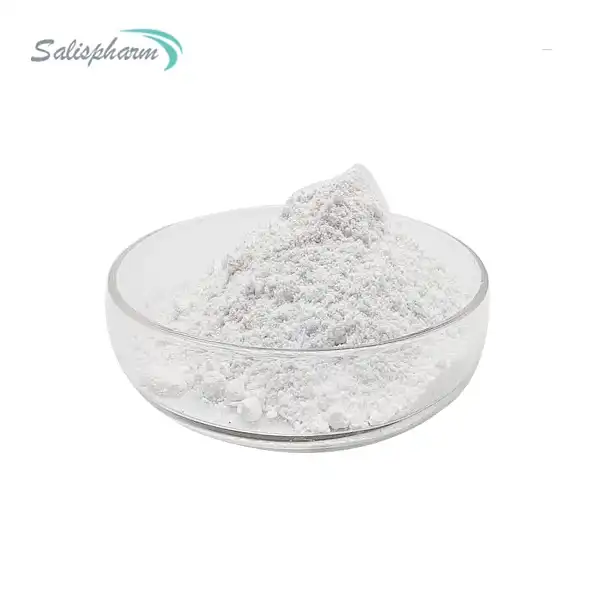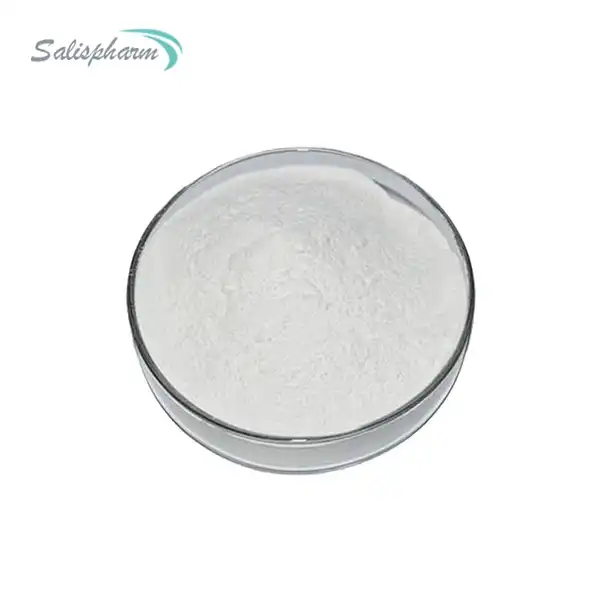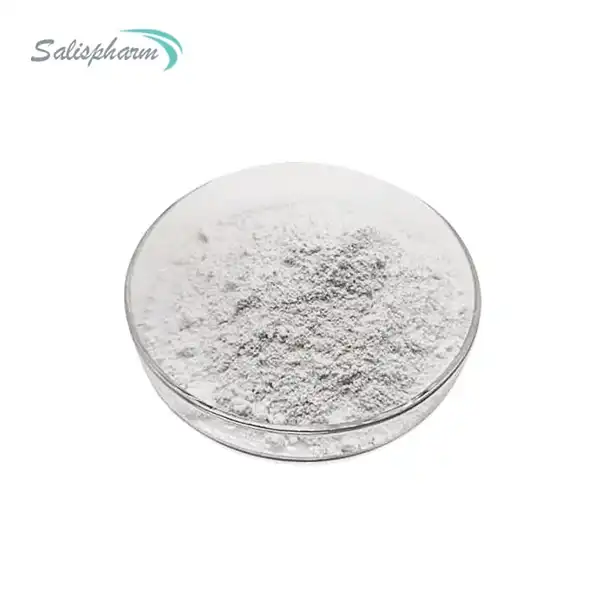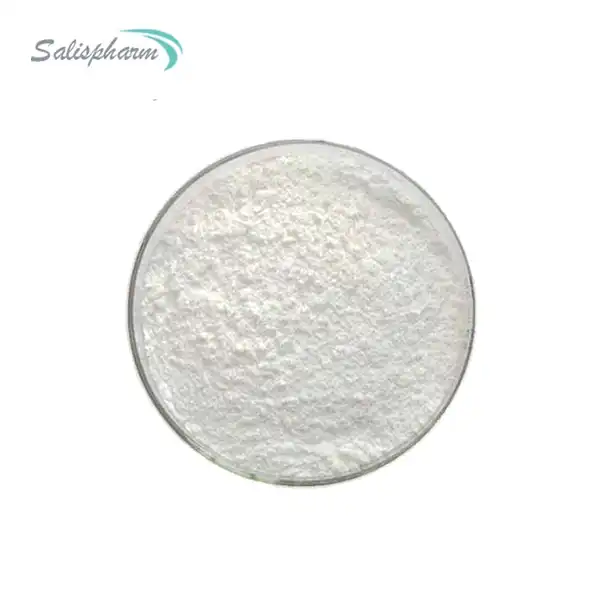Raloxifene powder is a selective estrogen receptor modulator (SERM) that has been widely used in the treatment of various conditions, primarily osteoporosis and breast cancer prevention. This medication works by mimicking the effects of estrogen in some tissues while blocking its action in others. In this blog post, we will explore the mechanisms of action and potential benefits and risks associated with raloxifene powder.
How Does Raloxifene Powder Help Prevent Osteoporosis?
Osteoporosis is a condition characterized by a decrease in bone density, leading to an increased risk of fractures. Raloxifene powder has been approved for the prevention and treatment of osteoporosis in postmenopausal women. It works by binding to estrogen receptors in bone tissue, promoting the activity of osteoblasts (bone-building cells) while inhibiting the activity of osteoclasts (bone-resorbing cells). This results in a net increase in bone mineral density, thereby reducing the risk of fractures associated with osteoporosis.
Raloxifene powder has been shown to be effective in increasing bone mineral density in various skeletal sites, including the spine, hip, and forearm. Several large-scale clinical trials have demonstrated that raloxifene can significantly reduce the risk of vertebral fractures in postmenopausal women with osteoporosis. Additionally, some studies have suggested that raloxifene may also lower the risk of non-vertebral fractures, such as those in the hip and wrist.
It is important to note that raloxifene powder is not a replacement for other osteoporosis treatments, such as bisphosphonates or denosumab. However, it can be a valuable option for women who cannot tolerate or have contraindications to other medications. Raloxifene powder is generally well-tolerated, and its benefits in reducing fracture risk often outweigh its potential side effects.
Can Raloxifene Powder Reduce the Risk of Invasive Breast Cancer?
Raloxifene powder has also been studied for its potential role in reducing the risk of invasive breast cancer in postmenopausal women. As a selective estrogen receptor modulator (SERM), raloxifene powder can bind to estrogen receptors in breast tissue and block the proliferative effects of estrogen, thereby reducing the risk of breast cancer development.
The Study of Tamoxifen and Raloxifene (STAR) trial, a large-scale clinical study involving over 19,000 postmenopausal women, compared the efficacy of raloxifene and tamoxifen (another SERM) in reducing the risk of invasive breast cancer. The results showed that raloxifene was as effective as tamoxifen in reducing the risk of invasive breast cancer, with a lower incidence of certain side effects, such as endometrial cancer and thromboembolic events.
Furthermore, the Raloxifene Use for The Heart (RUTH) trial, which included over 10,000 postmenopausal women with an increased risk of coronary heart disease, also demonstrated a reduced risk of invasive breast cancer in women taking raloxifene compared to those taking a placebo.
While raloxifene powder has shown promise in reducing the risk of invasive breast cancer, it is important to note that it is not a replacement for regular breast cancer screening and should be used in conjunction with mammograms and other recommended screenings.
What Are the Potential Side Effects of Raloxifene Powder?
Like any medication, raloxifene powder can cause side effects, and it is essential to weigh the potential benefits against the risks. Some of the most common side effects associated with raloxifene powder include:
1. Hot flashes: Raloxifene powder can cause hot flashes, especially in women who are not experiencing menopausal symptoms.
2. Leg cramps: Some women taking raloxifene powder may experience leg cramps or muscle spasms.
3. Gastrointestinal issues: Raloxifene powder can cause nausea, vomiting, and other gastrointestinal problems in some individuals.
4. Increased risk of blood clots: Raloxifene powder has been associated with an increased risk of deep vein thrombosis (DVT) and pulmonary embolism, although the risk is lower compared to other SERMs, such as tamoxifen.
5. Stroke risk: There is a small but significant increase in the risk of stroke associated with raloxifene powder use, particularly in women with risk factors for stroke.
It is important to discuss the potential risks and benefits of raloxifene powder with a healthcare professional before starting treatment. Women with a history of blood clots, stroke, or other cardiovascular conditions may not be suitable candidates for raloxifene powder therapy.
Regular monitoring and follow-up appointments are recommended to assess the effectiveness of the treatment and to identify any potential side effects promptly.
Conclusion
Raloxifene powder is a valuable treatment option for postmenopausal women, primarily for the prevention and treatment of osteoporosis and reducing the risk of invasive breast cancer. While it has demonstrated benefits in these areas, it is essential to weigh the potential risks and side effects carefully. As with any medication, raloxifene powder should be used under the guidance of a healthcare professional, and regular monitoring is recommended.
If you are also interested in this product and want to know more product details, or want to know about other related products, please feel free to contact iceyqiang@aliyun.com.
References:
1. Siris, E. S., Harris, S. T., Eastell, R., Zanchetta, J. R., Goemaere, S., Diez-Perez, A., ... & Emkey, R. D. (2005). Skeletal effects of raloxifene after 8 years: results from the continuing outcomes relevant to Evista (CORE) study. Journal of Bone and Mineral Research, 20(9), 1514-1524.
2. Cummings, S. R., Eckert, S., Krueger, K. A., Grady, D., Powles, T. J., Cauley, J. A., ... & Lippman, M. E. (1999). The effect of raloxifene on risk of breast cancer in postmenopausal women: results from the MORE randomized trial. Jama, 281(23), 2189-2197.
3. Vogel, V. G., Costantino, J. P., Wickerham, D. L., Cronin, W. M., Cecchini, R. S., Atkins, J. N., ... & Wolmark, N. (2006). Effects of tamoxifen vs raloxifene on the risk of developing invasive breast cancer and other disease outcomes: the NSABP Study of Tamoxifen and Raloxifene (STAR) P-2 trial. Jama, 295(23), 2727-2741.
4. Barrett-Connor, E., Mosca, L., Collins, P., Geiger, M. J., Grady, D., Kornitzer, M., ... & Wenger, N. K. (2006). Effects of raloxifene on cardiovascular events and breast cancer in postmenopausal women. New England Journal of Medicine, 355(2), 125-137.
5. Siris, E. S., Harris, S. T., Eastell, R., Zanchetta, J. R., Goemaere, S., Diez-Perez, A., ... & Emkey, R. D. (2005). Skeletal effects of raloxifene after 8 years: results from the continuing outcomes relevant to Evista (CORE) study. Journal of Bone and Mineral Research, 20(9), 1514-1524.
6. Ettinger, B., Black, D. M., Mitlak, B. H., Knickerbocker, R. K., Nickelsen, T., Genant, H. K., ... & Cummings, S. R. (1999). Reduction of vertebral fracture risk in postmenopausal women with osteoporosis treated with raloxifene: results from a 3-year randomized clinical trial. Jama, 282(7), 637-645.



